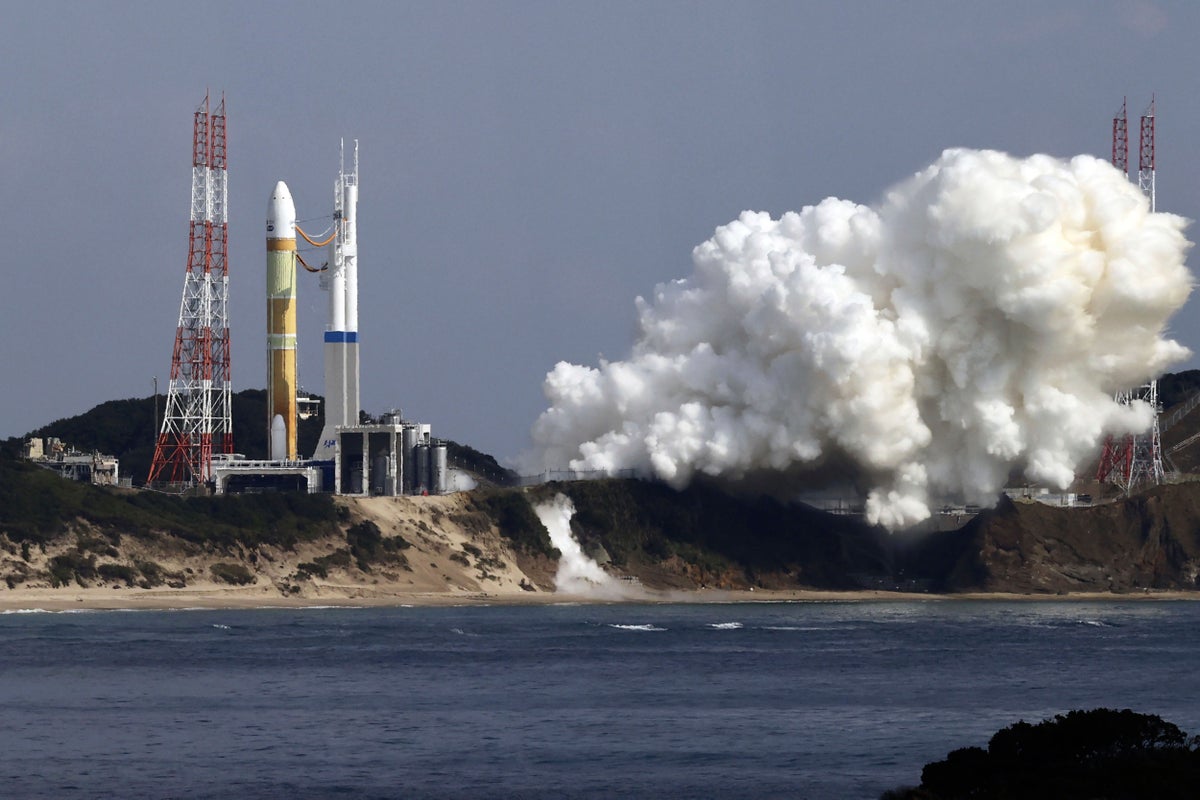
Japan’s space agency aborted the launch of the first of its new flagship series H3 rockets on Friday, which was carrying an observation satellite also fitted with an experimental infrared sensor that could detect missile launches.
The countdown had started. The Japan Aerospace Exploration Agency livestream and TV footage showed white smoke billowing from its main engine. But a pair of auxiliary rockets didn't subsequently ignite, according to an announcement at the launch site.
Further details, including the reason for the suspension, were not immediately available. JAXA was expected to provide an explanation later.
Friday's launch problem at the Tanegashima Space Center in southern Japan is a setback for Japan's space program, which suffered an earlier failed launch in October of an Epsilon-series rocket.
Friday's launch was put off from earlier in the week due to weather after more than a two-year postponement from 2020 because of an engine development delay.
The rocket — Japan's first new series in more than 22 years — carries an Advanced Land Observation Satellite primarily tasked with earth observation and data collection for disaster response and map-making. The H3 also carried an infrared sensor developed by the Defense Ministry that can monitor military activity including missile launches.
The 200-billion-yen ($1.5-billion) H3 rocket was jointly developed by JAXA and Mitsubishi Heavy Industries as a successor to the H-2A rocket, which is due to retire after its milestone 50th launch expected within the coming years to end its 20-year service.
H3, which is about 60 meters (196 feet) long, can accommodate more satellites and other payloads than the earlier 53-meter (174-foot) -long H-2A model, with its launch cost slashed by half at about 50 million yen ($371,000) by simplifying the design, manufacturing and operation in a bid to be lure more customers for its space launch service.
Space launch business has been increasingly competitive as the industry has been led by SpaceX and Arianespace.
H3 rocket’s main engine was newly developed with fewer parts by altering the combustion method while replacing the majority of rocket components with existing auto parts.







